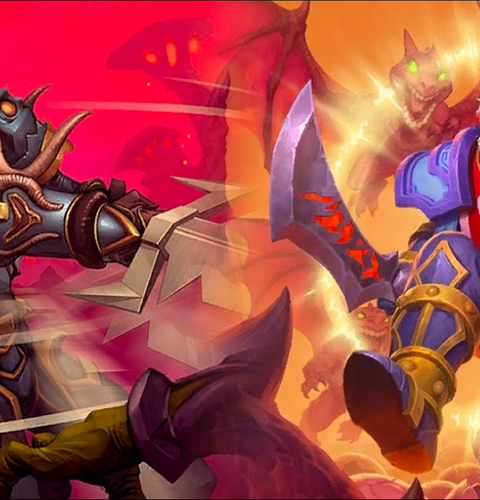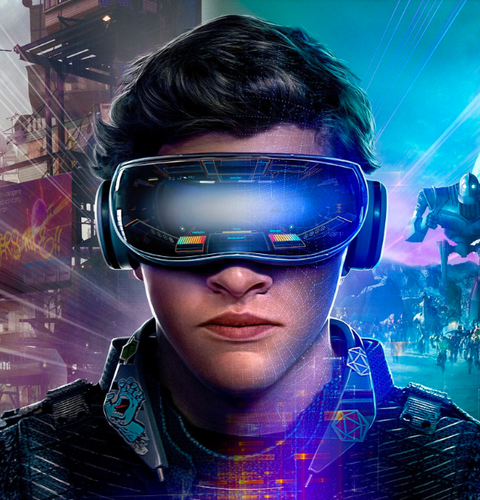In traditional game design, assets like levels, characters, items, or even storylines are crafted manually by artists, designers, and writers. This process can be incredibly time-consuming, and for large, immersive worlds, it may take months or even years to create all the necessary content.
This is where Procedural Content Generation comes in. PCG leverages algorithms to generate content dynamically, allowing for infinite variability in games. This technique not only saves development time but also opens the door to unique and innovative gameplay experiences.
A New Realm of Infinite Games
PCG is not entirely new; in fact, games have been using it for years. For example, the terrain in "Minecraft" is procedurally generated, leading to an endless variety of landscapes for players to explore. The roguelike genre, which includes games like "Spelunky" and "The Binding of Isaac," uses PCG to create a new layout for each run, thus ensuring every playthrough feels fresh.
However, it's the future implications of PCG that are truly exciting. As the technology and techniques improve, we'll see games that can create not just landscapes or level layouts on the fly, but entire narratives, characters, and ecosystems.
The Challenge of Control
One of the biggest challenges of PCG is maintaining a balance between randomness and control. The game has to generate unique and interesting content without turning into chaos. Therefore, developers are focused on designing smarter algorithms and rules that can guide the generation process and maintain a level of coherence and quality in the procedurally generated content.
PCG and AI: A Powerful Combination
A fascinating development in PCG is its intersection with artificial intelligence. Using machine learning and AI, developers can create systems that learn from player behavior and adapt the game world in response. This has the potential to create incredibly immersive and responsive gaming experiences that react and evolve based on how you play the game.
Procedural Content Generation: The Future of Game Development?
While PCG has its challenges and won't be suitable for every type of game, there's no doubt that it has the potential to revolutionize the industry. As technology advances, procedural content generation may well become a fundamental part of the game design toolkit, opening up worlds of possibility for designers and players alike.
As we continue to explore the potential of PCG, the key question will be how we can best leverage this powerful tool to create engaging, entertaining, and innovative experiences for gamers.










